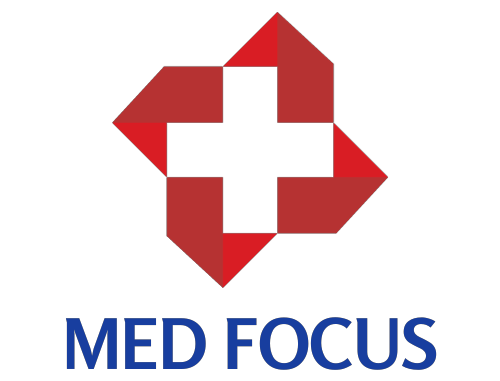This blog empowers you with the emerging innovative community health course for preclinical health science students. The major objective of the course is to enable students to analyze the health problems of a defined community and design and implement interventions to address those problems. This course is more intensive in terms of both faculty time and community facilities than a traditional lecture-based course.

Here few ideas are shared about the emerging innovative course for medical students.
1.Interactions
The format of the course requires students to work together in interdisciplinary teams and students must work together outside class as well as during class hours. Students can generally enjoy the opportunity to function as a member of a student team like the social work students. The allied health students are enrolled in the course on an elective basis and also generally enjoy the opportunity to mingle with students of other health professions they must learn to compromise support one another and rely on their teammates.
2.Communal Bond
The main goal of the course is to obtain communities and the community partnership. Several collaboration has been developed in the course in which the medical schools had established partnerships for many years. Addressing the underprivileged communities they come to know of the high rates of morbidity and the social problems there by medical students can have important assets, including clinics, senior citizen centers, community centers schools, and churches around them.

3.Assessment – Community
Based on PROCEED model the team will conduct a community health assessment to find out their problems. Generally, the assessment begins with a ‘windshield survey’ followed by census data, health status, data from the housing authority, and other sources of information. Obtaining the available sources of information, students may develop a questionnaire and conduct a survey to gather more qualitative information using the SWOT analysis.
4.Interventions
There is a limitation of a student's health promotion interventions and so they’re asked to engage in this program.

- Evaluation
The evaluation of the course was obtained through anonymous questionnaires at the end of each semester. More than 50% of the students have rated this program as an experiential service learning approach. The conversation with the community leaders elicited great enthusiasm for the student projects to continue passionately.

Finally, the interdisciplinary designed program provided students with an exemplary model of teamwork and this post requires a reliable time commitment from faculty as well as students. A more qualitative approach must be used to upgrade the interdisciplinary perspective among medical students.
Kindly visit themedfocus.com for additional advice and recommendations about attending medical school. If you're seeking a trustworthy internet source, please check out the whole medical school package at the URL below.
https://themedfocus.com/products/the-complete-med-school-bundle

